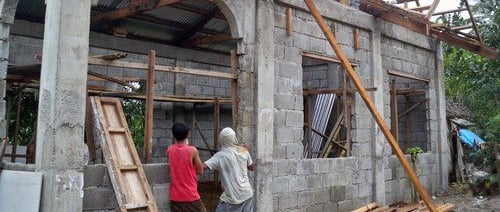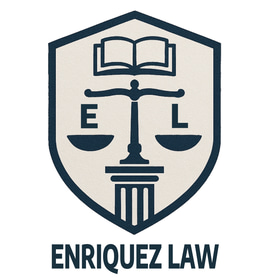Understanding the "Builder in Good Faith" in the Philippines
Ensuring fairness in property disputes, Philippine law recognizes the "builder in good faith" – someone who builds on land believing it's theirs. This principle provides a legal framework for the landowner to choose between keeping the construction with payment or requiring the builder to buy the land
Cyril Enriquez
5/8/20242 min read


Imagine this scenario: you unknowingly construct a portion of your house on your neighbor’s land. Or perhaps you hire a contractor who mistakenly encroaches on the adjacent property. What happens then? Philippine civil law, guided by principles of fairness and equity, addresses these situations through the concept of a “builder in good faith.”
This legal principle, enshrined in Articles 448 to 457 of the Civil Code of the Philippines, seeks to strike a balance between the rights of the landowner and the person who built, planted, or sowed on the land believing they had the right to do so. It acknowledges that unintentional errors happen and aims for a just resolution rather than immediate demolition or forfeiture.
So, What Exactly Does “Good Faith” Mean Here?
Crucially, “good faith” in this context means the builder, planter, or sower believed they owned the land or had a right to build, plant, or sow on it. This belief must be honest and reasonable. If the person knew the land belonged to another or proceeded despite being aware of a potential issue, they cannot claim the protection afforded to a builder in good faith.
The Landowner’s Options: A Fork in the Road
When faced with a builder in good faith, the law provides the landowner with two primary options:
Appropriate the improvements: The landowner can choose to keep the building, plants, or crops as their own. However, they must pay indemnity to the builder/planter/sower for the necessary and useful expenses incurred (as provided for in Articles 546 and 548 of the Civil Code).
Oblige the builder/planter to buy the land: The landowner can force the builder or planter to purchase the land on which the improvements stand.
Important exception: The builder/planter cannot be obliged to buy the land if its value is considerably more than that of the building or trees. In such a case, the builder/planter shall pay reasonable rent if the landowner does not choose to appropriate the improvements. The terms of the lease are to be agreed upon by the parties, and if there's disagreement, the court will fix them.
Choice belongs to the landowner: The law gives the landowner the choice between these two options. This is based on the principle of "accession," where the accessory (the building, plants, or crops) follows the principal (the land).
No forced removal: The landowner cannot refuse to exercise either option and simply compel the builder/planter/sower to remove the improvements. This is to prevent injustice to the builder who acted in good faith.
What About the Builder’s Rights?
As long as the builder remains in good faith, they have the right to retain possession of the land and the improvements until they are reimbursed for the necessary and useful expenses. This acts as a form of security for the builder’s investment.
What if Both Parties Acted in Bad Faith?
The law also considers scenarios where both the landowner and the builder acted in bad faith. In such cases, their rights are essentially neutralized. The situation is treated as if both acted in good faith, and the provisions of Article 448 apply. This prevents either party from unjustly benefiting from their wrongful actions.
Disclaimer: This blog post provides general information and should not be considered legal advice. It is always best to consult with a qualified legal professional for specific situations and legal guidance.
